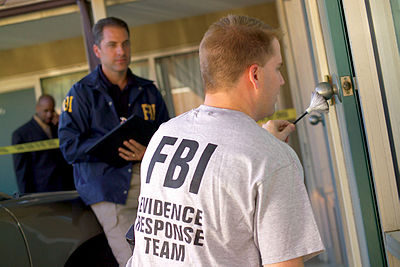Developing an assessment portfolio/Collating Evidence
Return to Developing an assessment portfolio
This means it is useful to have a map or plan of where to find things and a contents list or a navigation tool.
Your narrative can be your guide through the evidence for each section.
Evidence - What is it?
Proof of knowledge, learning and competence
“‘Evidence’ is the term used to describe the proof that you will present that you really know and can do what you claim."(In this situation - learning in relation to the identified learning outcomes) "There are many different kinds of evidence and you will want to make sure that the evidence you use to prove your competence really does just that” (Simosko,1992, p65).
Two categories of evidence
Evidence is generally divided into 2 main categories:
Direct and Indirect Evidence
Direct evidence = work that you have produced.
This can include lessons plans, teaching materials, artifacts you have created, reflective notes, an annoted bibliography, your reflections on conversations you were part of, commentary on your learning – "anything that is the direct result of your effort" (Simosko, S. 1992. p65).
Indirect evidence = "includes anything about you that tells or describes what you have done"(Simosko, S. 1992. p66).
This can include course evaluations, peer feedback, articles about you, letters about you, certificates from previous courses.
Key Principles to determining evidence
There are 4 essential key principles in deciding on appropriate evidence to be used when compiling a portfolio.
- Relevance
- Currency
- Sufficiency
- Authenticity
Relevance How clearly does your evidence link to the learning outcomes that are being demonstrated?
Currency Is the evidence supplied recently applicable to your skills and knowledge.
Sufficiency Is there enough evidence of learning without being too much to overwhelm the assessor? Also required is a variety of evidence to demonstrate the learning.
Authenticity It needs to be clear beyond a reasonable doubt that the evidence presented is your own learning, knowledge and skills and not someone else’s work.
- (adapted from Simosko, 1992)

